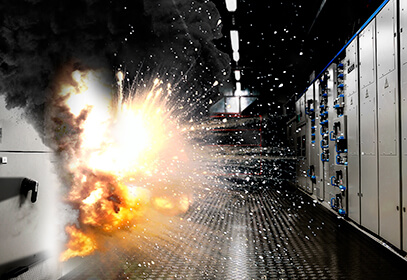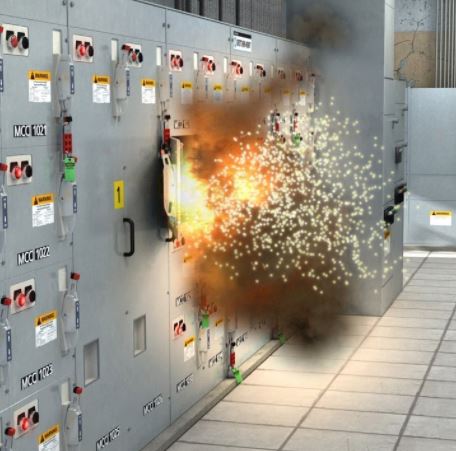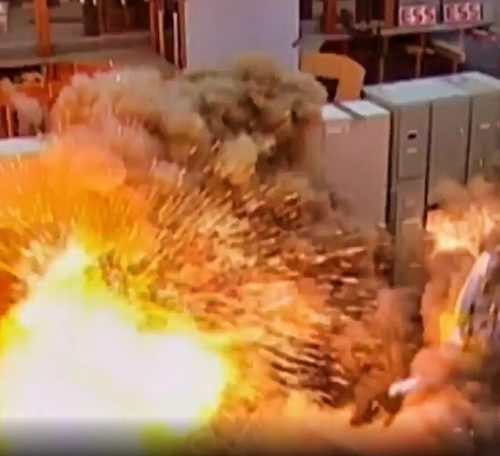About Electrical Incidents
Each year approximately 1000 electrical accidents at work are reported to HSE each and about 25 people die of their injuries
The majority of electrical accidents occur because people are working on or near equipment that is:
• Thought to be dead (de-energised)
• Known to be live but those involved do not have adequate training, appropriate equipment, or they have not taken adequate precautions.


Many deaths and injuries arise from:
• Persons using poorly maintained electrical equipment
• Persons working near overhead power lines
• Accidental contact with underground power cables during excavation work
• Work on low voltage electricity supplies
• Using non-ATEX Certified electrical equipment in explosive areas such as car paint
spraying booths
• Fires resulting from poor electrical installations and faulty electrical appliances cause
many additional deaths and injuries
RISKS ASSSOCIATED WITH AN ELECTRICAL ARC EVENT:
• Burn injury through arc radiation energy (radiant and convective heat)
• Burns from molten metal splashes
• Physical injury from debris ejected at high speed from the arcing equipment
• Injury to the lungs from the inhalation of hot gases
• Damage to hearing caused by the sound pressure wave
• Injury to the eyes from the extremely high intensity light emitted

WHAT IS AN ELECTRIC ARC?
This video clip shows you an extreme electrical arc. It was captured by Neil Brady, the maintenance foreman of the 500 kV Eldorado Substation near Boulder City, Nevada in the US. Due to a faulty switcher which failed to interrupt when the isolation switched open, it created the huge arc.
The arc stretches upward, driven by rising hot gases and writhing from small air currents, until it easily exceeds 100 feet in length. The arc continues to elongate until the voltage was not sufficient to support the resulting arc impedance due to the arc length.
Switching arcs usually terminate long before reaching this size since they normally flash over to an adjacent phase or to ground. Once this happens, the phase-to-phase fault current will cause an upstream circuit breaker to trip, disconnecting the circuits.
The incident heat energy that an electric arc can produce is a function of the amount of the arc current, the duration of the arc, the distance between the worker and the arc source and the configuration of the conductors and the nature of the surrounding environment.
In order to choose suitable and effective protective clothing, the potential incident heat energy (in units of energy per square surface – cal/cm² or kJ/m2) which results from an electric arc and to which a worker may be exposed, needs to be calculated in a thorough arc flash study / risk assessment.





